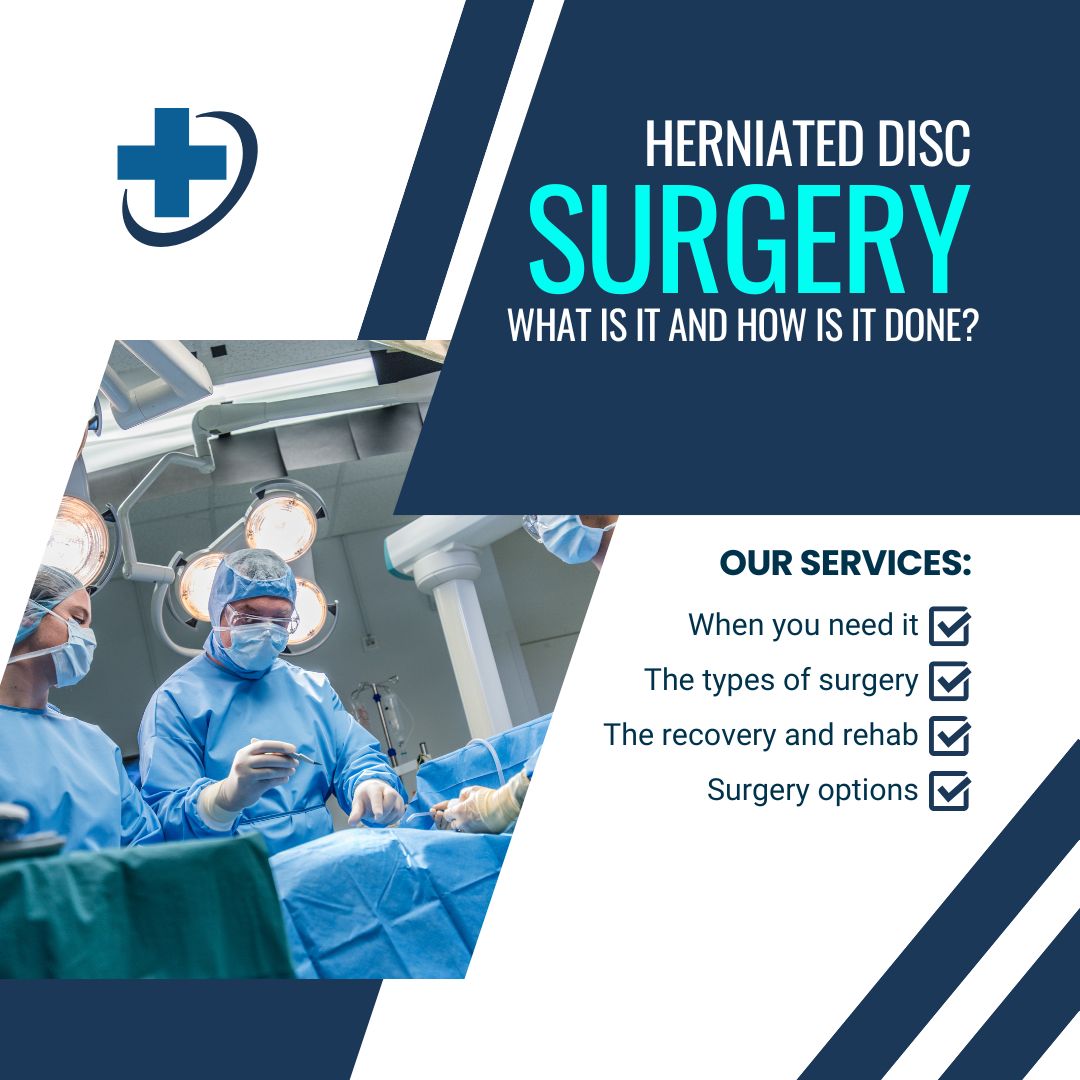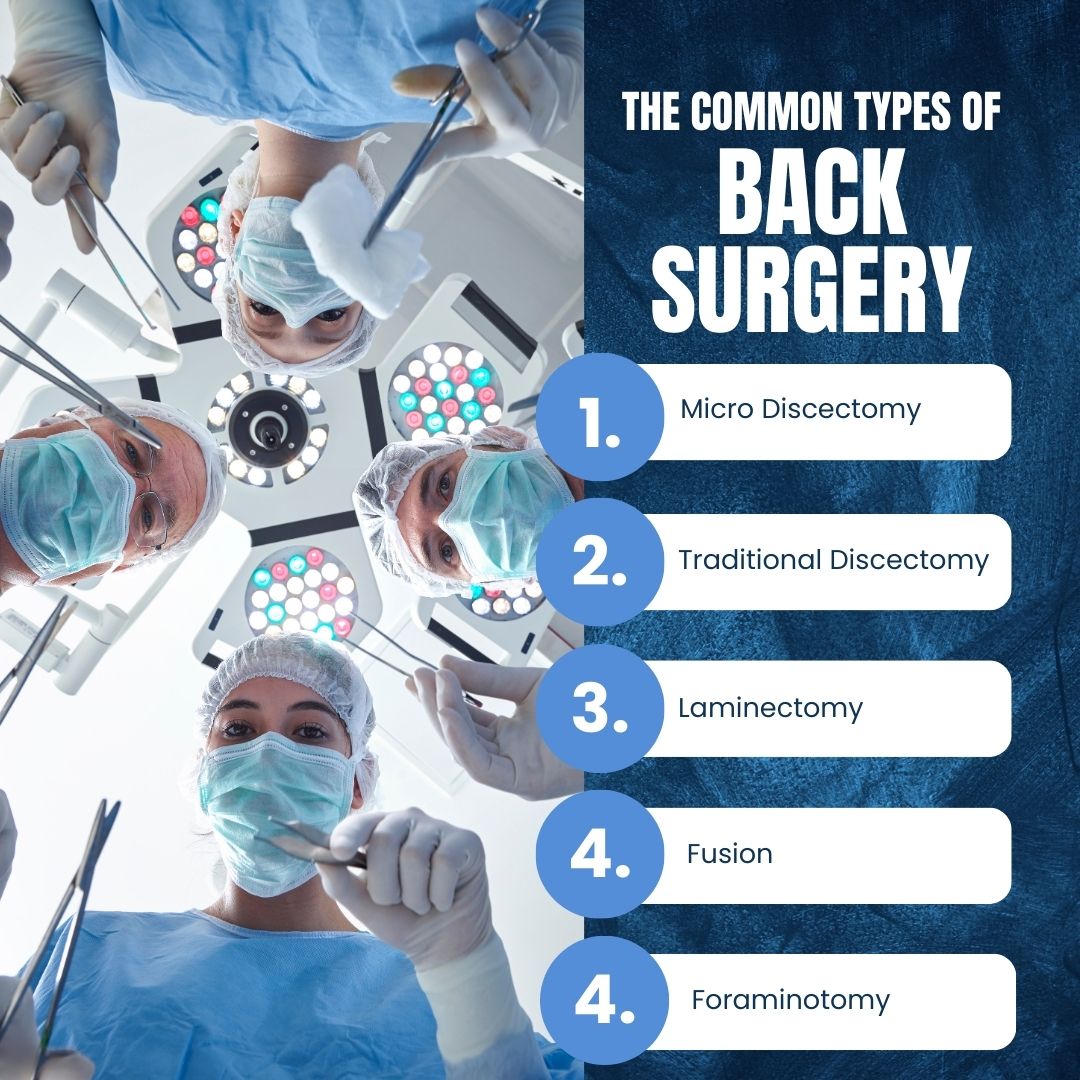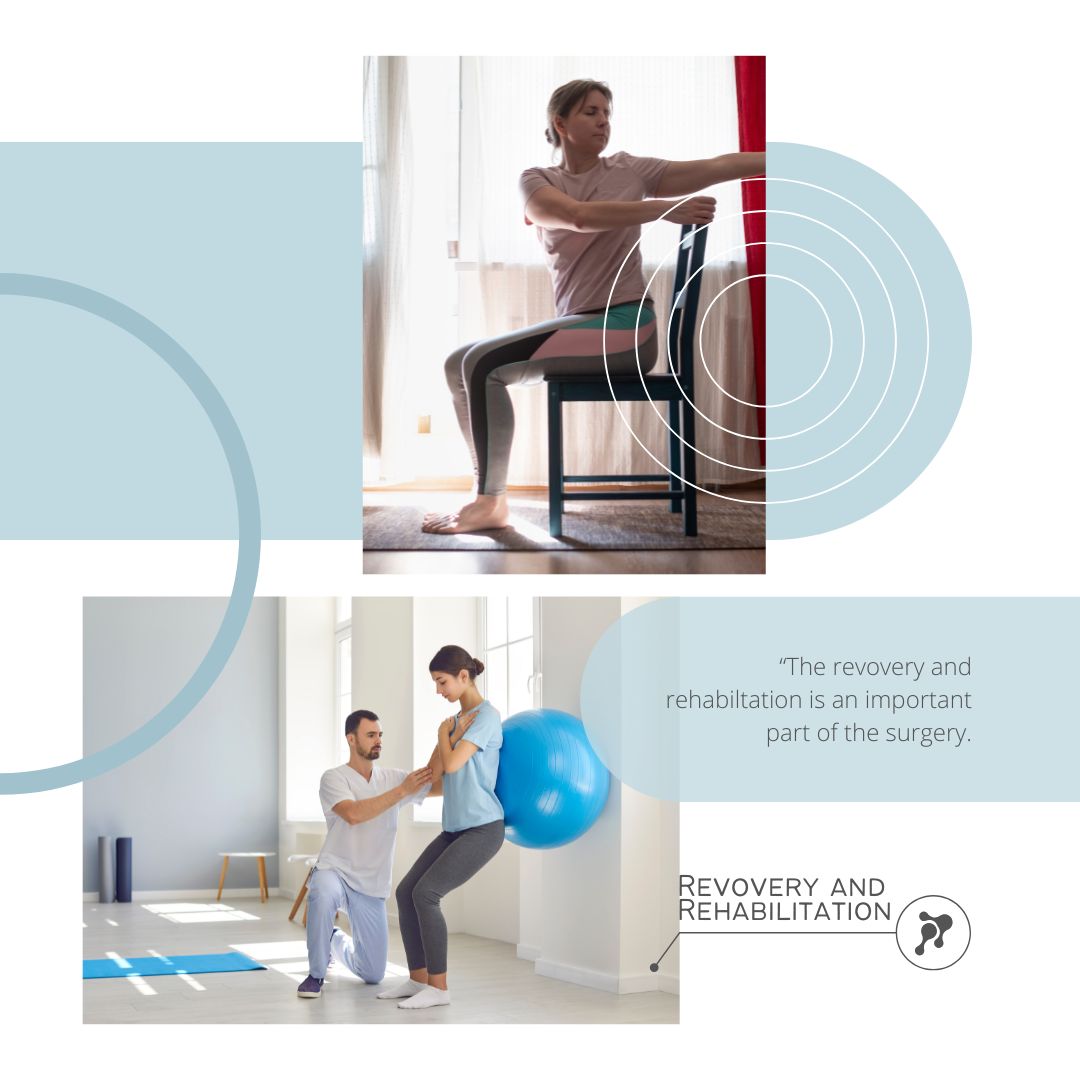
Herniated Disc Surgery: What Is It and How Is It Done?
Over the years we have seen lots of people in the West Midlands area struggling with a herniated disc. For some we help manage their pain while they wait for surgery. For others they make a complete recovery with chiropractic treatment. Let’s dive into everything you need to know about herniated disc surgery and the various treatment options available.
Understanding Herniated Discs: A Simple Guide
Think of your spinal discs as tiny cushions between your vertebrae – like jelly doughnuts that help absorb shock and keep your spine flexible. When the soft inner part (the ‘jelly’) pushes through the tougher outer layer, that’s what we call a herniated disc. Some people also know this as a slipped disc or bulging disc.
When Might You Need Surgery?
Most people with herniated discs don’t actually need surgery. In fact, about 90% of cases improve with conservative treatment. However, if you’re experiencing:
– Severe, persistent pain that hasn’t responded to other treatments
– Weakness or numbness in your legs or arms
– Difficulty controlling your bladder or bowels
– Problems with walking or daily activities
Then surgery might be your best option, especially if these symptoms have lasted for six weeks or more despite other treatments.

Types of Herniated Disc Surgery Available in the West Midlands
Here in the Birmingham and Stourbridge area, there are several types of spinal operations. Let’s look at your options:
Microdiscectomy Surgery
This is perhaps the most common type of herniated disc surgery in the West Midlands. During a microdiscectomy, the problematic portion of the disc is removed through a tiny incision. Think of it as precision engineering for your spine – specialised microscopes and tools are used to ensure maximum accuracy with minimal invasion.
The beauty of microdiscectomy surgery is that it’s relatively quick (usually taking about an hour), and most patients go home the same day. Recovery time is typically shorter compared to traditional spine operations.
Traditional Discectomy
A traditional discectomy is similar to its micro cousin but with a slightly larger incision. This is the recommended approach in certain situations where we need better access to the problem area. While still effective, recovery time might be a bit longer than with a microdiscectomy.
Laminectomy:
Sometimes, spinal cord decompression surgery is necessary. During a laminectomy, we remove a small portion of bone (called the lamina) to create more space for your nerves. Think of it as opening up a tight corridor to give your nerves more breathing room.
Fusion:
Spinal fusion is a surgical procedure that permanently connects two or more vertebrae to eliminate painful motion. By using bone grafts, metal rods, screws, or plates, surgeons join problematic vertebrae into a single, solid piece of bone. This technique addresses chronic instability and severe disc degeneration, reducing pain while limiting the spine’s natural flexibility. Recovery typically takes several months, with patients gradually returning to normal activities.
Foraminotomy:
Foraminotomy is a surgical procedure that enlarges the small openings where nerve roots exit the spine. By removing bone spurs and tissue, surgeons create more space for compressed nerves, alleviating pain, numbness, and weakness in the arms or legs. This precision technique helps restore proper nerve function by eliminating painful nerve pinching.
Lumbar microdiscectomy
Here is a brilliantly detailed video (filmed by a surgeon) of a lumbar microdiscectomy. For those squeamish I would not watch it!
Bulging Disc Surgery Options
For bulging disc operations, the approach depends on several factors. Sometimes, a minimally invasive procedure is enough, while other cases might require more extensive spinal hernia surgery. We’ll always discuss the most appropriate option for your specific situation.
The Surgery Process: What to Expect
If you’re nervous about spine operation procedures (and who wouldn’t be?), let me walk you through what typically happens:
-
**Pre-operative Assessment**
MRI imaging studies and detailed discussion about your medical history is performed.k
-
**The Day of Surgery**
You’ll arrive at the hospital, where our team will prepare you for the procedure. Most herniated disc surgeries take between 1-2 hours, though this can vary depending on the complexity.
-
**Recovery Period**
After surgery, you’ll spend some time in recovery while we monitor your progress. Many patients go home the same day, especially after minimally invasive procedures.

Recovery and Rehabilitation
Recovery from herniated disc surgery varies from person to person, but here’s what you can typically expect:
– The first few days: You’ll need to rest, but we’ll encourage you to walk around regularly
– Weeks 1-4: Gradual return to light activities
– Weeks 4-12: Progressive increase in activities under physiotherapy guidance
– 3 months+: Most patients can return to normal activities
Post-Surgery Success Tips
To get the best results from your surgery:
– Follow your rehabilitation programme religiously
– Don’t rush back to strenuous activities
– Keep your follow-up appointments
– Maintain good posture and spine health practices

Prevention: Avoiding Future Problems
Once you’ve recovered from your spine operation, we’ll work with you to prevent future issues. This might include:
– Proper lifting techniques
– Ergonomic workplace adjustments
– Regular exercise routines
– Weight management strategies
When to Seek Help
If you’re in the Birmingham, Stourbridge, or wider West Midlands area and experiencing symptoms of sciatica and a herniated disc, don’t wait until they become severe. Early intervention often leads to better outcomes and might help you avoid surgery altogether. The first step is to book an appointment for a consultation with ourselves and we will organise an MRI scan if we are concerned about you discs.
The role of the Chiropractor
Our role regarding the care of disc herniations varies on a case by case basis. Sometimes we are working with spinal decompression and manipulative therapy to prevent or delay surgery. Other times we are supporting patients post surgically. Sometimes we refer for an MRI and diagnose a disc herniation and refer the patient to his GP or a private surgeon.
Final Thoughts
While the thought of spinal surgery might seem daunting, remember that modern techniques like microdiscectomy surgery have made these procedures safer and more effective than ever.
Whether you need a simple microdiscectomy or more complex spinal cord decompression surgery, we’re here to support you through every step of the journey.
Remember, every patient’s situation is unique, and we’re always happy to discuss your specific concerns and needs.
BY: Oliver Crawford
Uncategorized
COMMENTS: No Comments

